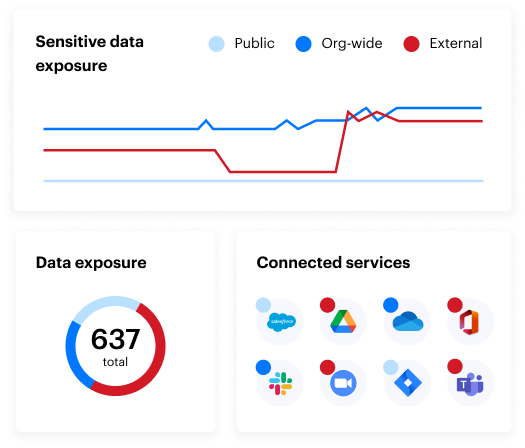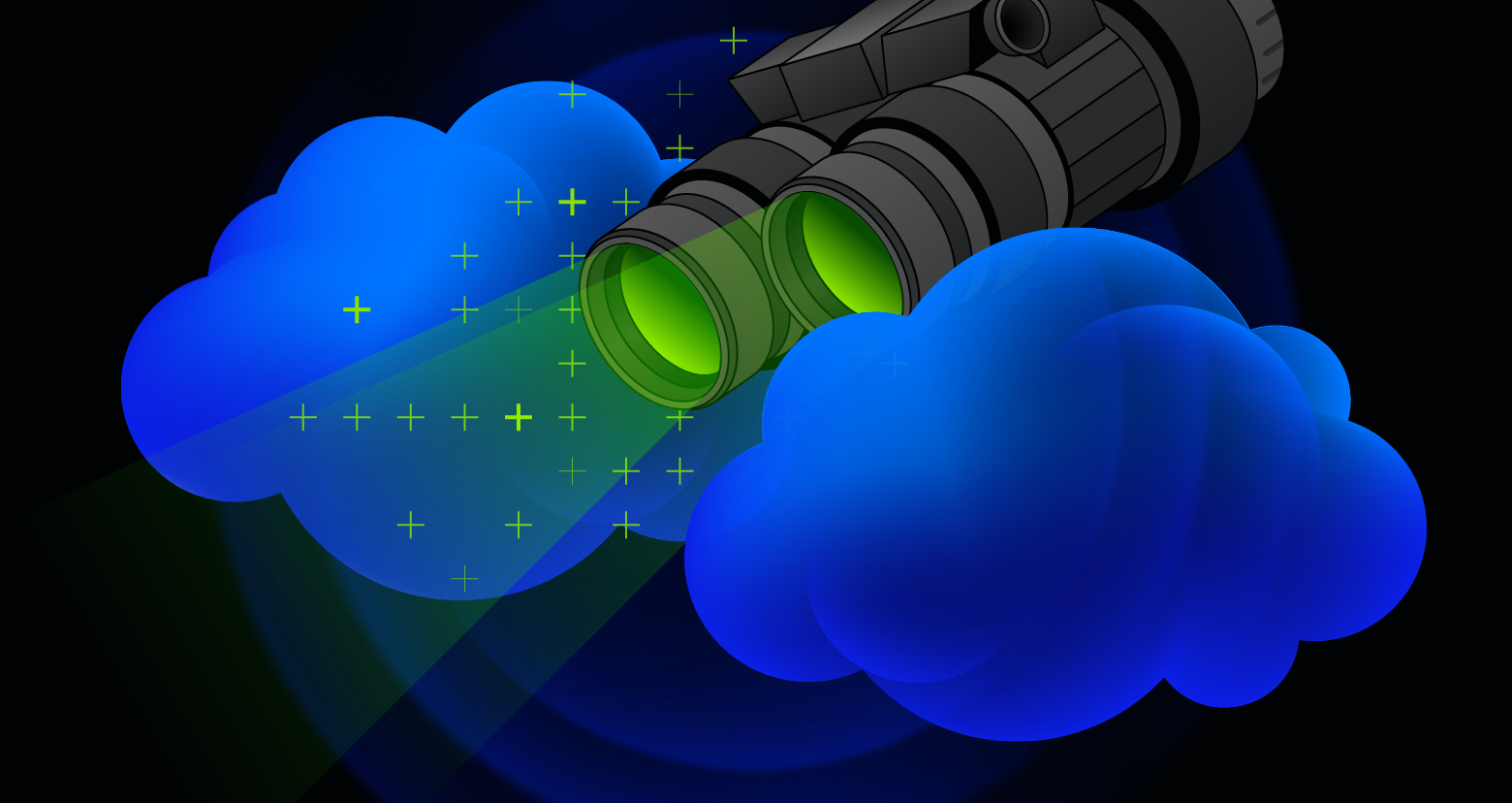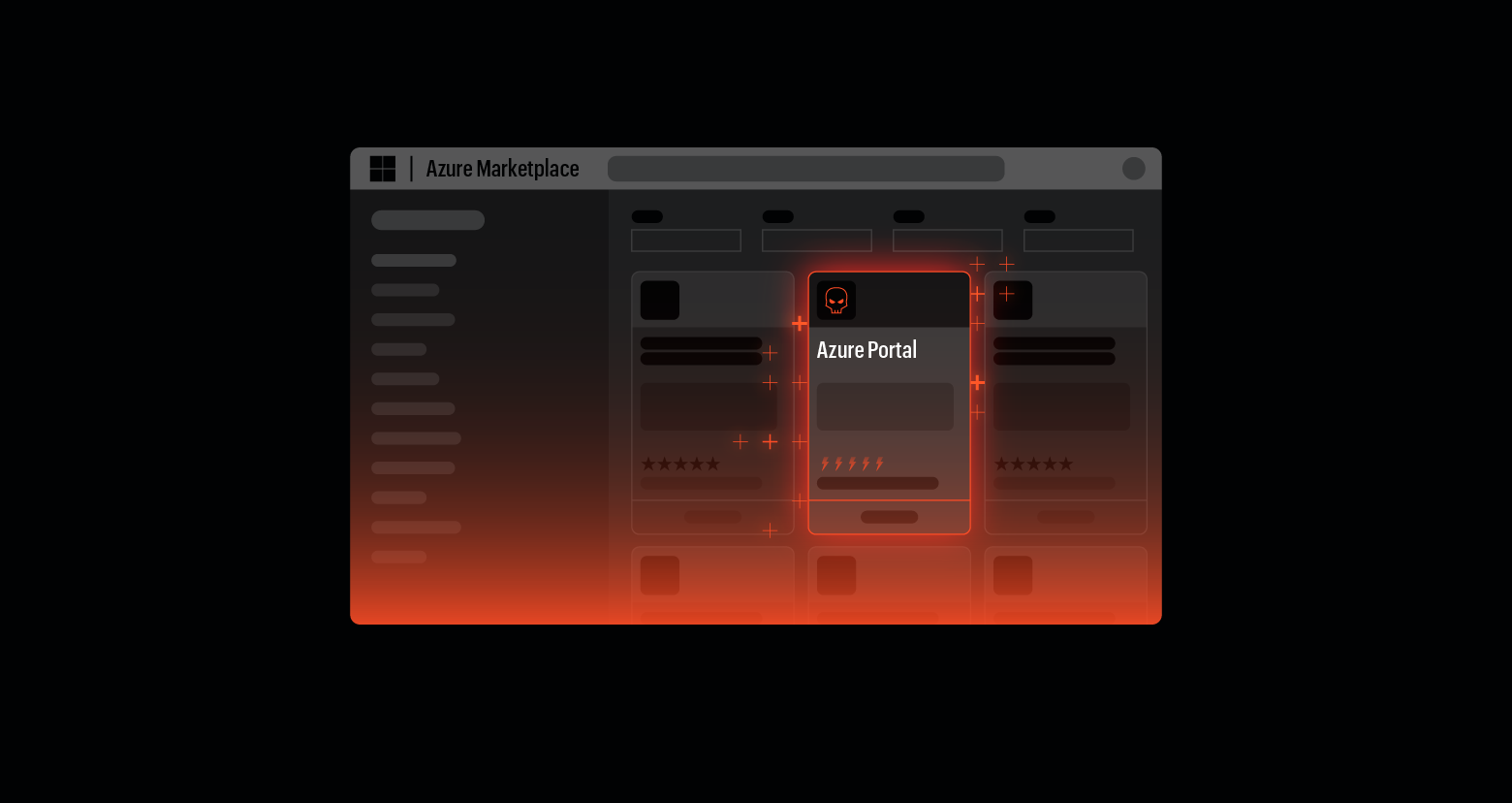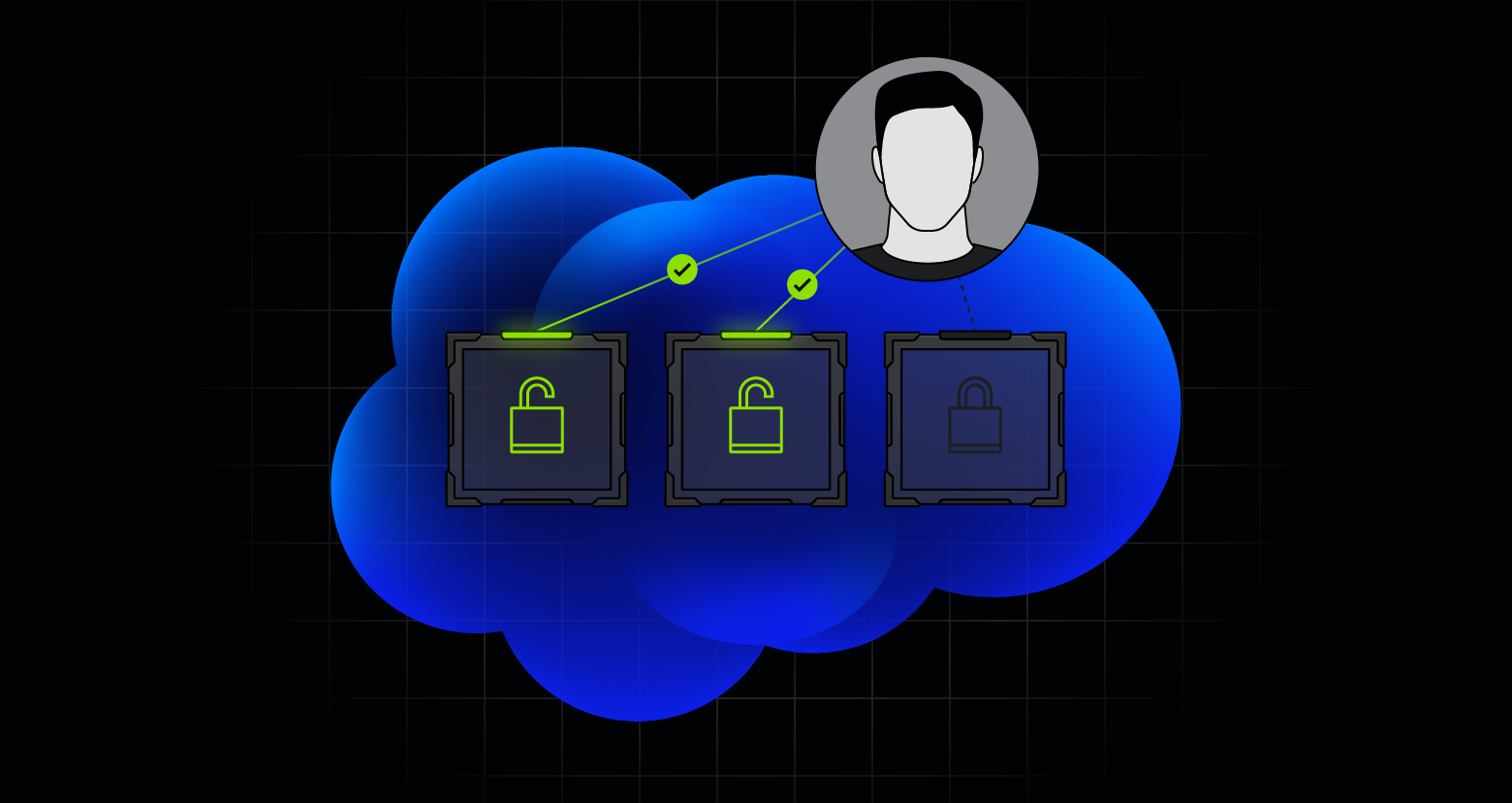The shift to cloud services has revolutionized how organizations handle data and applications. Yet while the cloud offers unparalleled flexibility and scalability, it also introduces unique security challenges.
Organizations are increasingly turning to telemetry techniques to safeguard sensitive information, ensure the integrity of operations, and enhance cloud security. But what exactly is telemetry, and why is it so crucial?
Let's dive in and uncover the secrets of the cloud.
Why telemetry matters in cloud security
Imagine having a 24/7 surveillance system that monitors every corner of your cloud environment, alerting you to any suspicious activity or potential threats. That's essentially what telemetry does.
Telemetry involves collecting and analyzing real-time data from various sources within a cloud environment. This data provides invaluable insights into network behavior, potential threats, and system performance.
Leveraging telemetry data allows organizations to detect anomalies proactively, identify security gaps, and respond swiftly to cyber threats. This proactive approach not only strengthens your security posture but also enables continuous monitoring and fine-tuning of security measures.

Telemetry in AWS, Azure, and GCP
Different cloud providers offer distinct telemetry tools to help organizations monitor and secure their environments.
AWS CloudTrail
AWS CloudTrail provides comprehensive logging of API calls made within an AWS account. It captures details such as the identity of the caller, the time of the call, the source IP address, and the request parameters. This information is crucial for auditing and compliance purposes, as well as for detecting unauthorized access and other security incidents.
Azure Monitor
Azure Monitor collects and analyzes telemetry data from Azure resources. It provides insights into the performance and health of applications and services, enabling organizations to identify and resolve issues quickly. Azure Monitor integrates with other Azure services, such as Azure Security Center, to enhance security monitoring and threat detection.
Google Cloud Logging
Google Cloud (GC) offers Cloud Audit Logs, which provide visibility into the actions performed on GC resources. These logs capture API calls and other administrative activities, helping organizations track changes, detect suspicious behavior, and ensure compliance with security policies.
Telemetry use cases
Telemetry data can be utilized in various ways to enhance cloud security.
Detecting anomalies: By analyzing telemetry data, organizations can identify unusual patterns of behavior that may indicate a security threat. For example, a sudden spike in API calls from an unfamiliar IP address could signal a potential breach.
Auditing activities: Telemetry data provides a detailed record of actions taken within a cloud environment. This information is essential for auditing purposes, enabling organizations to track changes, investigate incidents, and demonstrate compliance with regulatory requirements.
Enhancing security posture: Continuous monitoring of telemetry data allows organizations to maintain a robust security posture. By identifying and addressing vulnerabilities in real-time, organizations can prevent security incidents before they escalate. Tools like Varonis’ Data Security Posture Management (DSPM) capabilities play a critical role in this effort by providing in-depth insights into sensitive data access and patterns, enabling organizations to secure their cloud environments efficiently.

Telemetry best practices
To effectively use telemetry data for cloud security, organizations should consider the following best practices:
Automated monitoring: Implement automated monitoring solutions to collect and analyze telemetry data continuously. This approach ensures that potential threats are detected and addressed promptly, reducing the risk of security breaches.
Integration with SIEM systems: Integrate telemetry data with Security Information and Event Management (SIEM) systems to enhance threat detection and response capabilities. SIEM systems can correlate telemetry data with other security events, providing a comprehensive view of the organization's security posture.
Telemetry challenges and solutions
Managing telemetry data in a cloud environment can present several challenges. However, with the right strategies, these challenges can be effectively addressed:
Data volume: The sheer volume of telemetry data generated by cloud environments can be overwhelming. Organizations must implement efficient data management strategies to store, process, and analyze this data effectively.
Data quality: Ensuring the accuracy and completeness of telemetry data is crucial for effective security monitoring. Organizations should regularly validate and normalize telemetry data to maintain its integrity.
Integration complexity: Integrating telemetry data from multiple sources can be complex and time-consuming. Organizations should leverage automation and standardized protocols to streamline the integration process.By addressing these challenges and implementing best practices, organizations can harness the power of telemetry to enhance their cloud security posture and protect their critical assets.
The power of telemetry
Telemetry is not just a buzzword; it's a game-changer in the realm of cloud security.
By leveraging telemetry techniques, organizations can proactively detect and mitigate security threats, ensuring the integrity and security of their cloud environments. As cloud services continue to evolve, the role of telemetry in cloud security will become increasingly important, providing organizations with the insights they need to stay ahead of emerging threats.
Learn more about cloud security on our blog.
What should I do now?
Below are three ways you can continue your journey to reduce data risk at your company:
Schedule a demo with us to see Varonis in action. We'll personalize the session to your org's data security needs and answer any questions.





.png)



